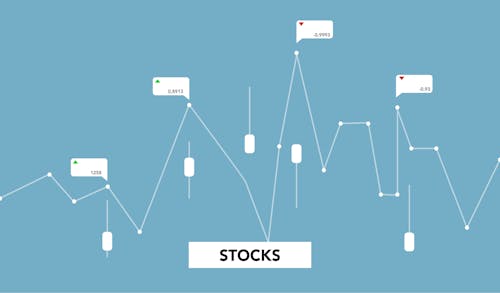 Image Source:
Image Source:
One of the most widely discussed market topics this morning is that Nvidia () will be replacing Intel () in the Dow Jones Industrial Average (INDU). My reaction: so what? We shouldn’t care very much about an anachronism.Despite its flaws and relative lack of relevance, the Dow Jones Industrial Average remains widely referenced. It’s understandable why the non-financial media might continue to define stock market movements with this historical benchmark, but it continues to play a key role in financial media reporting. Faithful readers will notice that I almost never mention the Dow. Years ago, I wrote a piece entitled “It’s Time to Retire the Dow”, and I stand by that opinion.(Unfortunately, I can’t link to it – several years ago we revamped our website and older articles were lost.) My reasoning was and is:
- There is a reason why most major global indices, including the S&P 500 (SPX) and Nasdaq 100 (NDX), use the latter technique. The computer age allows us to continuously multiply a stock’s price times its shares outstanding and then divide the sum of those calculations to create an index.The more money invested in a company, the bigger its weight.It’s fair to argue whether some of these indices have gotten too top-heavy, but that reflects the market’s love for mega-cap stocks, not the index construction.
- Because an average is calculated by simply summing the component’s prices and then dividing the sum, it becomes price-weighted.The higher a stock’s price, the larger its weight in the calculation.To my mind, that is essentially random-weighted.UnitedHealth Group (UNH) and Goldman Sachs (GS) have the two highest weights in INDU by virtue of their $500+ stock prices.That gives them nearly 12x the weight of $41 Verizon (VZ).This is despite GS and VZ having nearly identical market capitalizations of around $170 billion.Does that make sense to you?Apple, which is the largest US company by market capitalization, is currently #12, just behind Travelers (TRV) and ahead of JPMorgan (JPM). When NVDA and Sherwin-Williams (SHW) are included next week, SHW will have nearly 3x the weight of NVDA despite the semiconductor company having about 36x the market cap of the paint company and seemingly an infinite more mindshare.
It is noteworthy when a well-followed market measure changes its composition, especially when it does that infrequently. But when it comes to real-world importance for the affected stocks, it is a relatively meaningless decision from an increasingly irrelevant metric.More By This Author:

